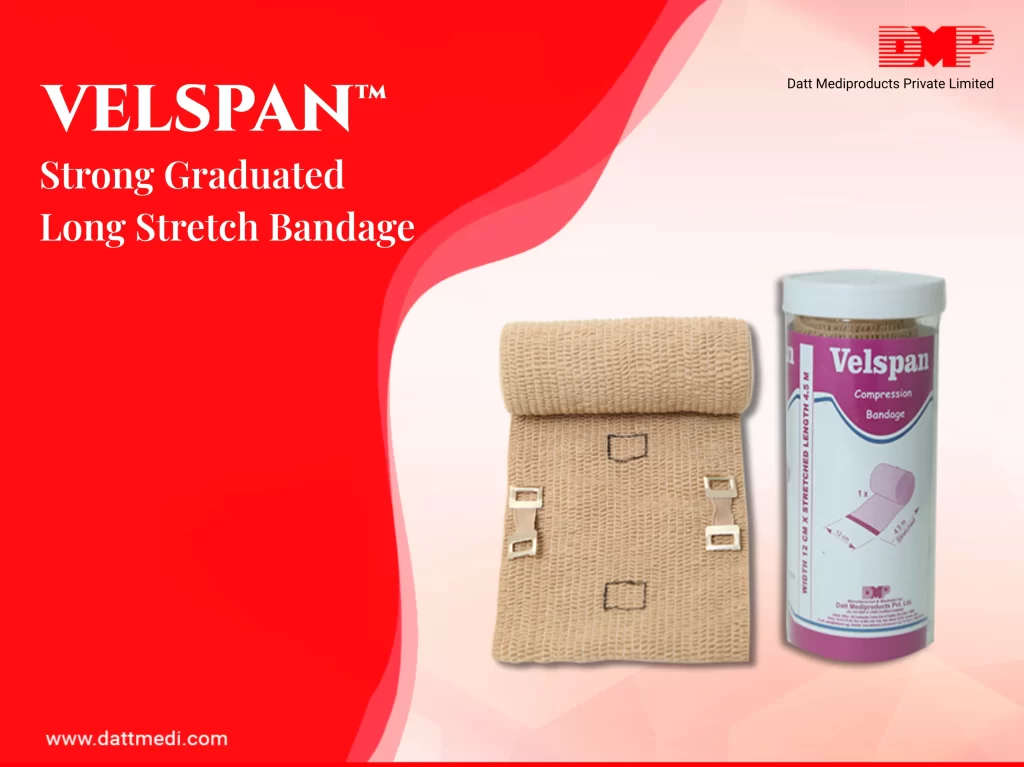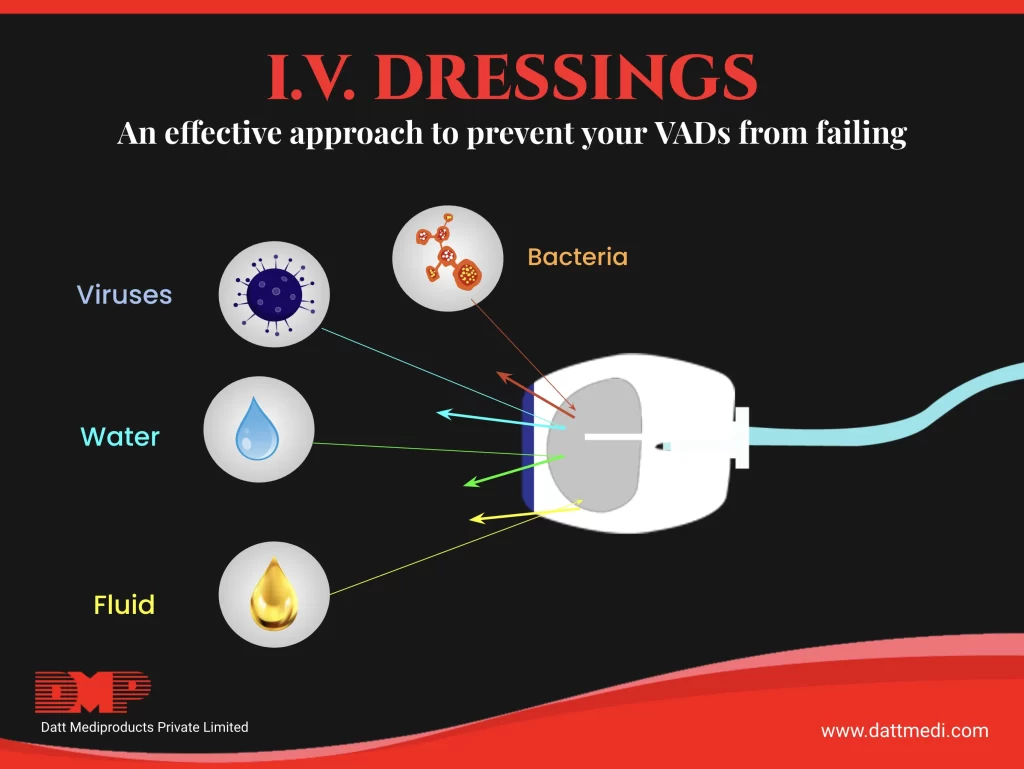
Venous leg ulcers (VLU) are one of the most common types of skin ulcers which occur above the ankle area and typically impact elderly people.
These ulcers are chronic in nature and affect approximately 3 million people worldwide. VLUs impact the quality of life of the patients and impose an extra financial burden on them.
One of the major causes of Venous and stasis ulcers is chronic venous insufficiency (CVI), which occurs when the venous valves in the legs don’t work properly. As a result, it becomes difficult for the blood to return back towards the heart leading to pooling of blood in the veins. This results in stasis or venous ulcers.
A significant risk of these ulcers is their persistence for weeks, months and their recurrence. Medical professionals and wound care clinicians believe that the risk of VLU recurrence can be reduced through the use of evidence-based compression best practices.
Importance of Compression Therapy in VLUs:
Compression Therapy (CT) is one of the important treatment pillars for treating venous leg ulcers. It helps to restore valve competence and reducing ambulatory venous pressure, thereby decreasing venous reflux (VR).
CT also helps in decreasing the inflammatory cytokines, accelerate the capillary flow, and lower the capillary fluid leakage, thus, alleviating limb edema. The study published in the American Journal of Surgery shows that compression therapy also softens lipodermatosclerosis, improves lymphatic flow and function, and enhances fibrinolysis.
Goals of Compression Therapy:
1. Ulcer healing
2. Reduction of pain and edema
3. Prevention of recurrence
Compression Therapy can be provided in the form of bandages or stockings. Bandages can be classified on the basis of compression they provide and are better than the stockings as they imply the deliberate application of pressure, reduce edema, soften fibrotic tissues, increase muscle efficiency and can be safely worn day and night.
We @DattMediproducts are leading manufacturers of compression bandages in India. We introduce “VELSPAN”, a strong graduated long stretch bandage.
VELSPAN Features:
1. Velspan is a type 3C bandage:
It imparts high compression between 30- 40 mm Hg at the ankle of average dimensions and is suitable where high compression treatment is required.
2. Velspan is a long stretch bandage:
Because of its long stretch and high compression, Velspan is more effective in reducing existing oedema and has the ability to ‘follow in’ as a limb reduces in circumference.
3. Velspan offers low working pressure & high resting pressure.
1. It exerts pressure on the venous system when the limb is at rest with a decreased working pressure.
2. Velspan has a soft texture and very comfortable to the skin.
3. Velspan comes with an indicator marking on the bandage which allows precise control of pressure on application.
4. The bandage needs to be stretched to 50% which turns the rectangle markings into the square.
5. Sealed edges, no loose threads
6. Latex-free, Non- Slippery texture, with clips.
7. Washable & can be sterilized by steam/ ETO if required.
8. VELSPAN is brown in color and is made up of cotton & lycra.
9. Available size 12 cm × 4.5 m
4. INDICATIONS:
1. Velspan is very effective in the treatment of venous insufficiency, varicose veins, reduction of venous & post-traumatic oedema.
2. Velspan can also be used as a compression bandage in strain, sprains & injuries to tendons.
3. Velspan is also useful in the management of leg ulcers and gross oedema in limbs of the average circumference.
We @DattMediproducts provide a range of compression bandages.
Follow our previous blog to know more about bandages’ application method. We constantly work in updating our products to help patients get “back on their feet.”




